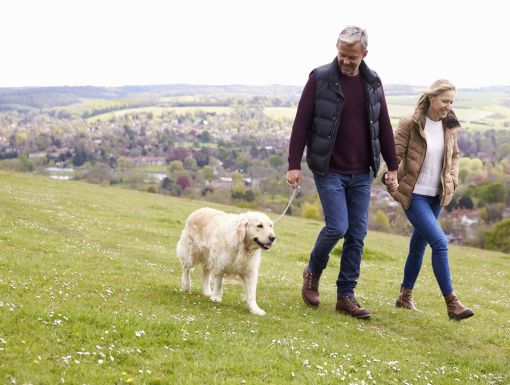
Responding to an Emergency Before Medical Professionals Arrive
When you’re first on the scene, learn the facts before you act. Look, listen, and think before you do anything else. A cautious approach is for your safety and that of the victim.
Size Up the Scene
If you start by sizing up the scene, you can respond in a way that protects both you and the victim. Remember, you are not helping if you become another victim.
- Be alert for downed power lines, raging fire, fast-moving water, or hazardous materials, which may make it dangerous to offer first aid.
- Call the professionals if the scene is dangerous.
- Move toward the victim only if the scene appears safe.
- Look for clues as you approach. Identifying the cause of the emergency may help you respond with the appropriate first aid.
- Look for hidden victims. An infant or unconscious person can be easy to miss.
Evaluate the Injuries
A quick check of the victim’s injuries will guide your immediate first-aid response.
- Call 911 immediately if you are not trained in first aid.
- Contact emergency medical services immediately if you’re not able to offer first aid or if serious injuries are present. In most parts of the country, calling 911 will connect you with an emergency services dispatcher.
- Call zero (0) if 911 service is not available in your area. The telephone operator can connect you with fire and police departments and ambulance service. Tell the dispatcher the following:
- Your exact location
- What happened
- The number of victims
- The condition of each victim
- Any first aid being provided
- Don't hang up unless you are told to
- Speak to the victim and tap him or her on the shoulder. If the person does not respond, start rescue techniques immediately. If the person does respond, continue with the following steps.
- Control any severe bleeding. (Wear gloves or use other protection to avoid contact with victim’s blood.)
- Look for medical alert tags around the victim’s neck, wrists, and ankles.
- Check for other injuries.
- If it appears that the victim was in a traumatic accident, try to keep him or her from moving, especially the neck. The person may have a potentially unstable break in the spine which could cause spinal cord damage if moved.



